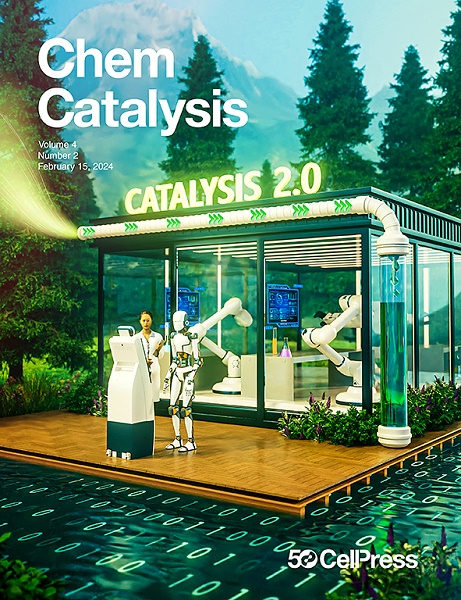自由基在交叉耦合中保持记忆
IF 11.6
Q1 CHEMISTRY, PHYSICAL
引用次数: 0
摘要
长期以来,自由基化学领域一直面临着一个根本性的限制:自由基的瞬时外消旋。在6月5日出版的《自然》杂志上,Baran和他的同事们通过一种独特的机制设计实现了立体保持自由基交叉偶联,为制备富含对映体的化合物开辟了新的合成途径。本文章由计算机程序翻译,如有差异,请以英文原文为准。
Radicals retain their memory in cross-coupling
The field of radical chemistry has long faced a fundamental limitation: the instantaneous racemization of free radicals. Reporting in the June 5 issue of Nature, Baran and co-workers have now achieved stereoretentive radical cross-coupling through a unique mechanistic design, opening new synthetic pathways for preparing enantioenriched compounds.
求助全文
通过发布文献求助,成功后即可免费获取论文全文。
去求助
来源期刊
CiteScore
10.50
自引率
6.40%
发文量
0
期刊介绍:
Chem Catalysis is a monthly journal that publishes innovative research on fundamental and applied catalysis, providing a platform for researchers across chemistry, chemical engineering, and related fields. It serves as a premier resource for scientists and engineers in academia and industry, covering heterogeneous, homogeneous, and biocatalysis. Emphasizing transformative methods and technologies, the journal aims to advance understanding, introduce novel catalysts, and connect fundamental insights to real-world applications for societal benefit.

 求助内容:
求助内容: 应助结果提醒方式:
应助结果提醒方式:


